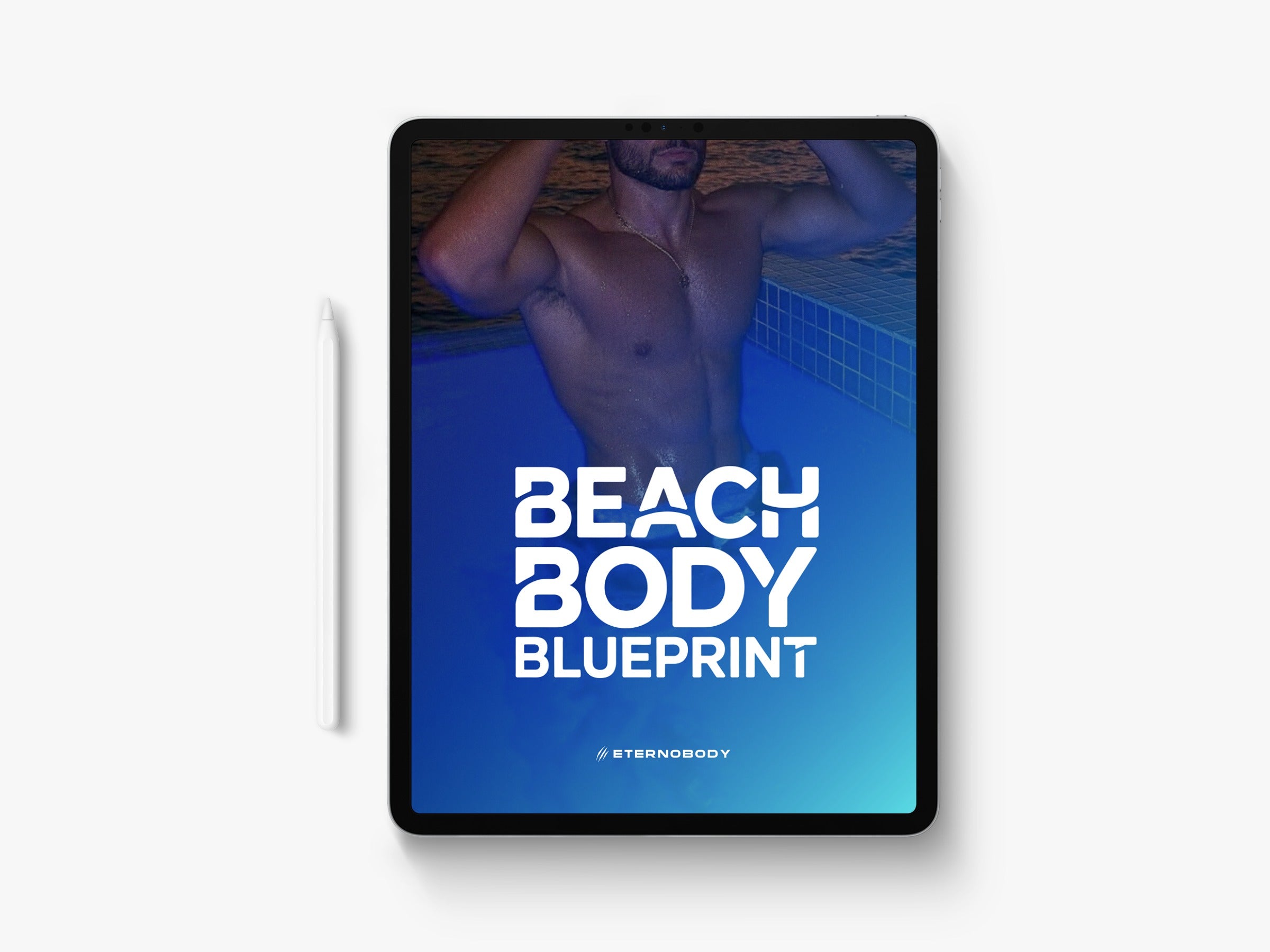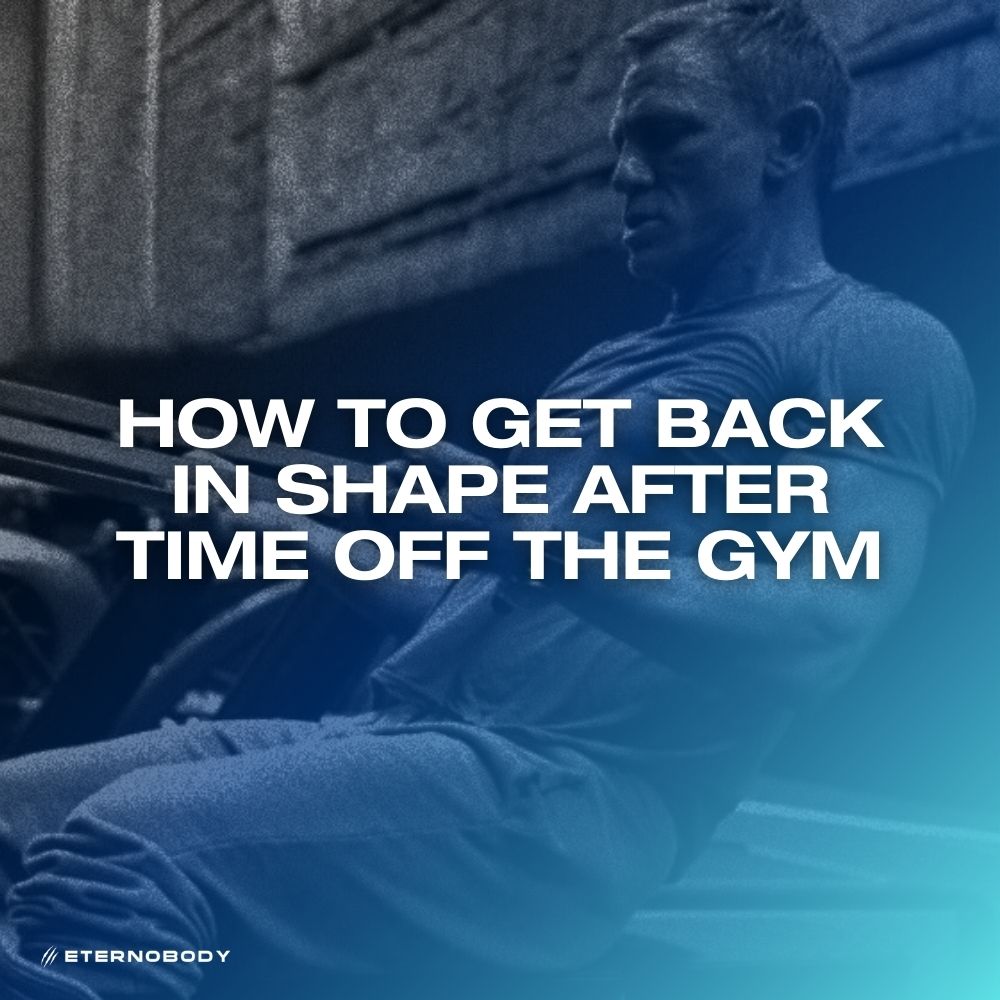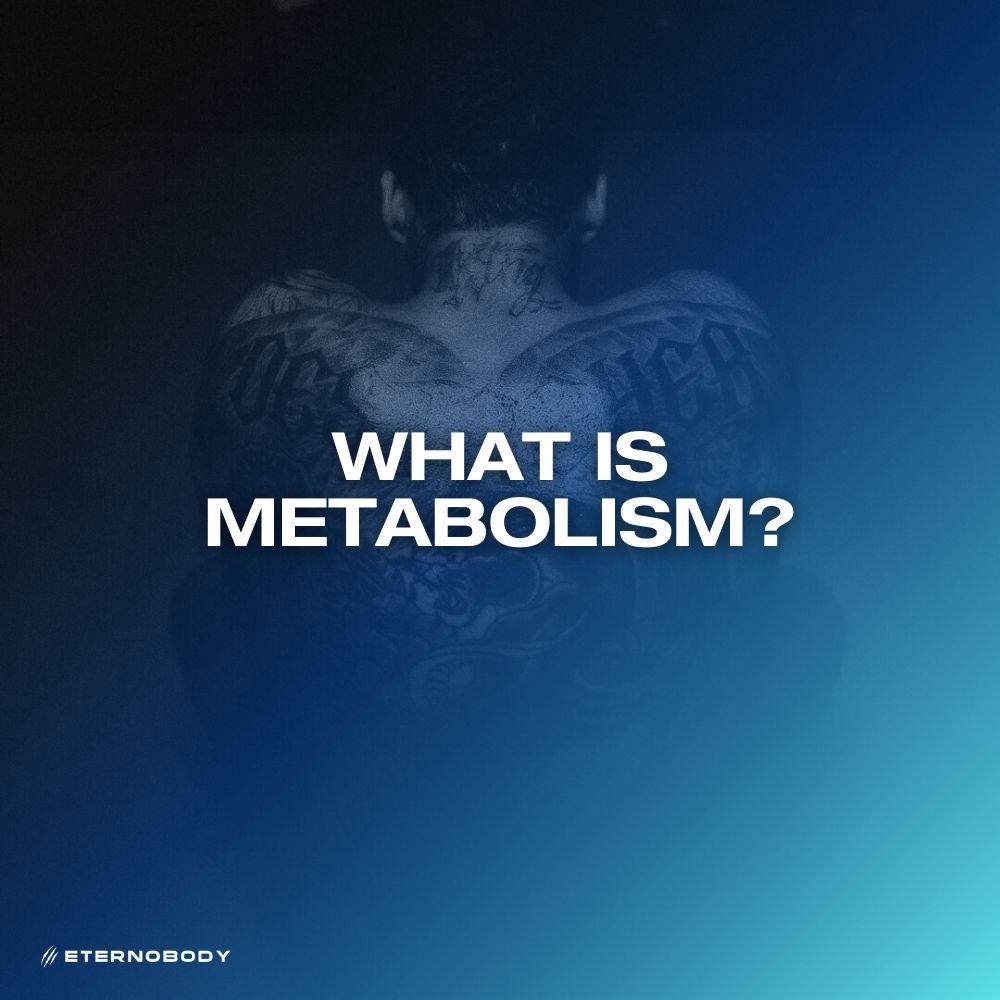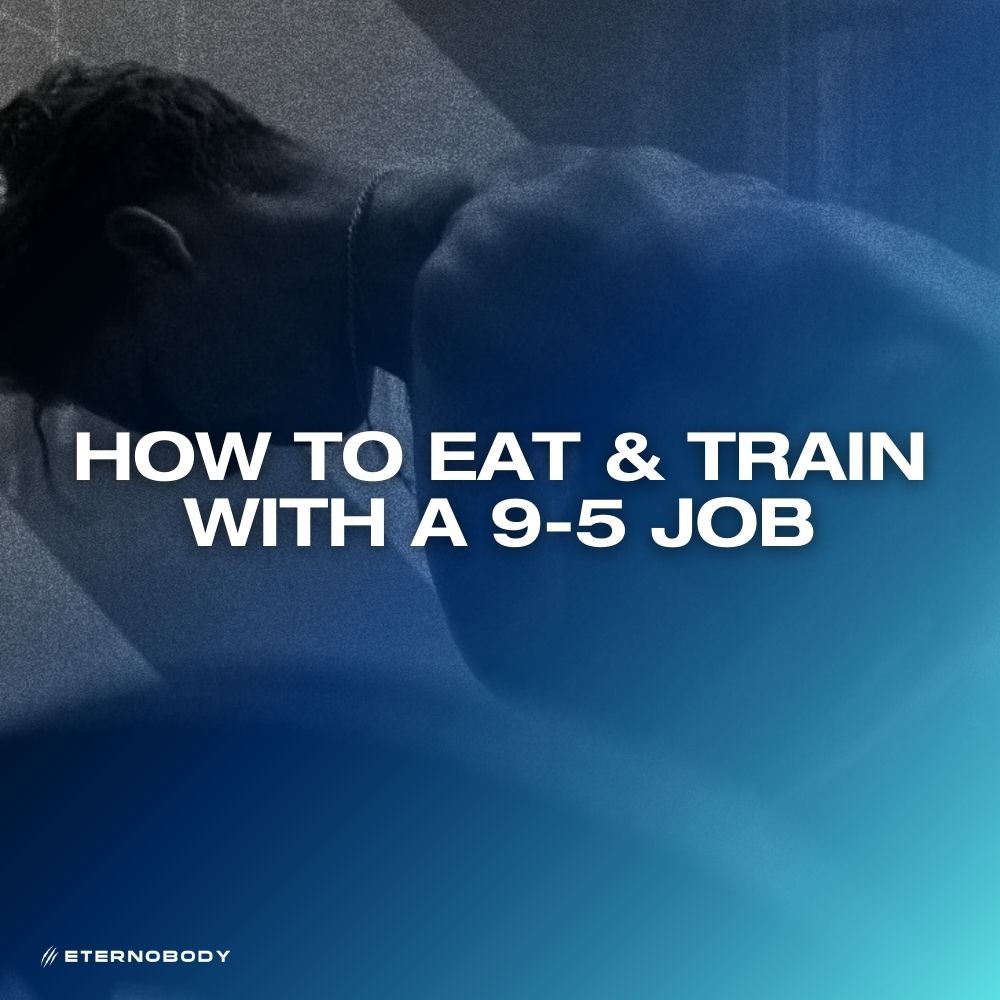
Building muscle is not just for bodybuilders.
If you want to get stronger, look better, or improve your health, understanding how it works makes a big difference.
In this article, I’ll break it down from the basics to the details so you can have the knowledge to train smarter and get better results.
THE BASICS: LIFT WEIGHTS AND EAT PROTEIN
The simplest way to grow muscle is to give your body a reason to build it and the materials to do it. Lifting weights is the signal. Eating protein provides the building blocks.
When you train, your muscles are forced to handle more resistance than they are used to. The body reacts by making them bigger and stronger so the same load feels easier next time. This is called an adaptive response. Think of how guitar players develop calluses on their fingertips. The skin thickens to handle the constant pressure. Your muscles adapt in a similar way when you train.
Protein is made of amino acids. These are the raw materials your body uses to repair and grow muscle tissue. Without enough protein, the process stalls. Foods like meat, chicken, fish, dairy, eggs, beans, and lentils are good sources. Protein powders can help if you struggle to get enough from food.
For most men, eating between 1.6 and 2.2 grams of protein per kilogram of bodyweight each day works well. A simple calculation I like for protein is taking your bodyweight in lbs x 0.82. If you are carrying a lot of body fat, using about 1 gram of protein per centimetre of height is a better target. You can spread protein across 3 to 5 meals if you want to absolutely maximise every 1% of muscle growth, but the main priority is hitting your daily total.
PROGRESSIVE OVERLOAD
If you lift the same weight for the same reps forever, your body will stop adapting. Progressive overload is how you keep the growth signal alive.
This means gradually increasing the stress placed on your muscles over time. That can be adding more weight, doing more reps with the same weight, or improving your technique of each rep (so that more tension is placed on the target muscle). Even focusing on a stronger mind-muscle connection or controlling the lowering phase of the lift counts.
An example would be starting with 3 sets of 10 reps. The next week, you do 11 reps. The week after, 12 reps. Once you reach the top of your rep range, you increase the weight slightly and drop back to 10 reps, then repeat the process. The goal is steady improvement over months and years.
EFFORT, VOLUME, INTENSITY, AND FREQUENCY
Effort is how close you get to muscular failure. Failure is when you can’t complete another rep even if you try as hard as possible. You don’t need to go to complete failure every set, but most sets should be within 1-3 reps of it. Leaving 5 or more reps in the tank is fine for some strength work, but not for most hypertrophy training.
Volume is the amount of hard work you do. The most useful way to measure it is the number of hard sets per muscle group per week. For most people, 10 hard sets per muscle per week is a good starting point. My general recommendation is 4-16 sets per week per muscle growth. More is not always better. Too much volume can slow progress by cutting into recovery.
Intensity is the weight you use. You can grow muscle with a wide rep range, from about 5 to 30 reps per set (potentially even higher) , as long as you train close to failure. Lighter weights require more reps to be effective. Very low reps can be tough on the joints and make it harder to master so-called bodybuilding lifting technique. Sticking mainly to 5-15 reps for most sets works well, with some heavier and some lighter work mixed in. I generally favour hitting failure at rep 6, 7 or 8 but this may be personal preference.
Frequency is how often you train a muscle each week. Hitting a muscle at least twice per week often works better than once, but it is less important than overall effort, volume, and consistency.
THE MAIN DRIVER: MECHANICAL TENSION
Science points to mechanical tension as the main trigger for muscle growth. This is the force that tries to stretch or contract your muscle fibres when you lift. When tension is high enough, it kicks off a chain of events inside the muscle that leads to growth.
Two other factors often talked about are muscle damage and metabolic stress. Muscle damage is the small-scale tearing that happens in muscle fibres when you train. While it happens naturally, it is not a main cause of growth. Too much damage can actually slow things down.
Metabolic stress is the build-up of metabolites during training, often felt as “the pump.” While it can make training feel good and may have some small benefits, it is not a major growth driver compared to tension.
HOW TENSION BECOMES MUSCLE
When you lift with enough load, mechanosensors in the muscle fibres detect the tension. They send a signal to mTOR, a key regulator of muscle cell growth. mTOR tells the cell’s nucleus to create messenger RNA, which acts like blueprints for building new proteins.
These blueprints go to ribosomes, which assemble amino acids into new muscle proteins. If protein building outpaces protein breakdown, the muscle fibre gets bigger. This is called myofibrillar hypertrophy, where the actual contractile parts of the muscle grow.
Eating protein adds another growth signal. The amino acid leucine is especially important for activating mTOR. Around 3 grams of leucine, found in about 20-25 grams of high-quality protein, is enough to trigger this process. Combining resistance training and sufficient protein maximises the signal.
PUTTING IT ALL TOGETHER
If you want to grow muscle effectively:
- Lift weights with good form and push close to failure.
- Use progressive overload to keep challenging your muscles.
- Aim for 4-16 hard sets per muscle group each week.
- Eat enough protein every day (0.82 x bodyweight in lbs).
- Recover properly so your body can adapt.
Muscle growth takes time. The people who get the best results are not doing magic exercises or following extreme diets. They are the ones who train hard, eat right, and stay consistent week after week, month after month, year after year.
REFERENCES
Schoenfeld, B.J. (2010). The mechanisms of muscle hypertrophy and their application to resistance training. Journal of Strength and Conditioning Research, 24(10), pp.2857-2872. doi:https://doi.org/10.1519/JSC.0b013e3181e840f3
Wackerhage, H., Schoenfeld, B.J., Hamilton, D.L., Lehti, M. and Hulmi, J.J. (2019). Stimuli and sensors that initiate skeletal muscle hypertrophy following resistance exercise. Journal of Applied Physiology, 126(1), pp.30-43. doi:https://doi.org/10.1152/japplphysiol.00685.2018
Morton, R.W., Murphy, K.T., McKellar, S.R., Schoenfeld, B.J., Henselmans, M., Helms, E., Aragon, A.A., Devries, M.C., Banfield, L., Krieger, J.W. and Phillips, S.M. (2018). A systematic review, meta-analysis and meta-regression of the effect of protein supplementation on resistance training-induced gains in muscle mass and strength in healthy adults. British Journal of Sports Medicine, 52(6), pp.376-384. doi:https://doi.org/10.1136/bjsports-017-097608
Grgic, J., Schoenfeld, B.J., Orazem, J. and Sabol, F. (2021). Effects of resistance training performed to repetition failure or non-failure on muscular strength and hypertrophy: A systematic review and meta-analysis. Journal of Sport and Health Science, 11(2), pp.202-211. doi:https://doi.org/10.1016/j.jshs.2021.01.007




